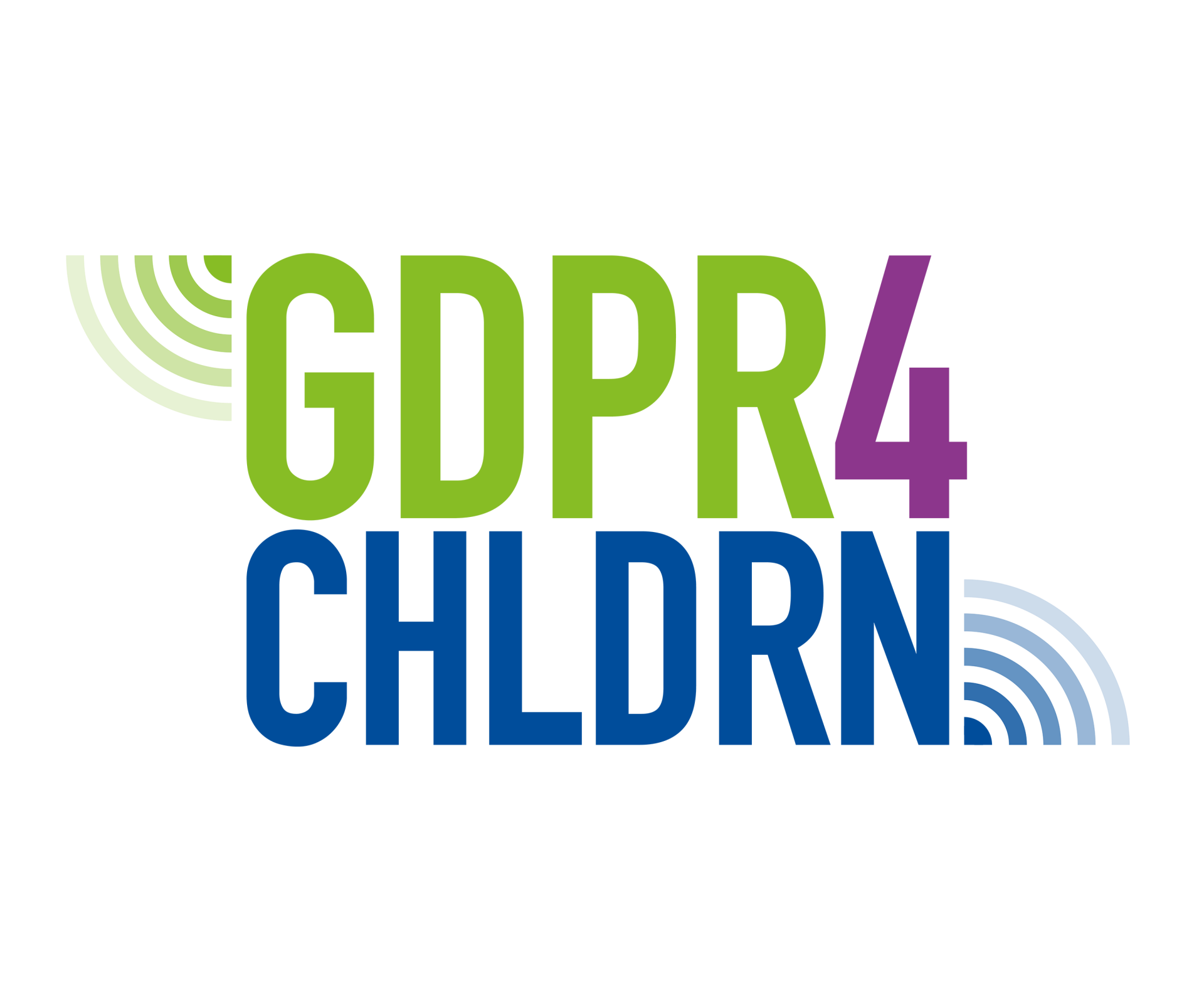5. Report personal data breaches

Given enough time, practically everyone who processes personal data experiences a personal data breach. Therefore, it is important for hobby organisers to define a process for handling personal data breaches. It must ensure that everyone taking part in the processing is able to identify personal data breaches and take the agreed-upon action. In certain cases, the Office of the Data Protection Ombudsman and the victims of the personal data breach must be informed of the breach.
A personal data breach can result in, for example, identity theft or fraud, reputation damage or the disclosure of confidential personal data.
The most important thing is to initiate damage control measures as soon as possible after the personal data breach has been detected. The hobby organiser should draw up a process for handling personal data breaches and designate a person (such as a Data Protection Officer) responsible for investigating and documenting breaches.
The controller is obliged to document all personal data breaches, their effects, and the corrective measures taken. This means that, if a personal data breach occurs, you should keep all emails and other correspondence related to the matter, save system log data for the duration of the incident, and write down all measures taken and all individuals who have participated in managing the incident. The controller is responsible for evaluating the consequences of the personal data breach and whether the supervisory authority and data subjects should be notified of it.
Read more: Information on personal data breaches on the Office of the Data Protection Ombudsman’s website.


